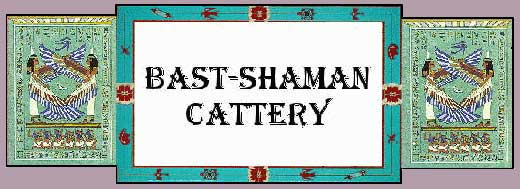
|
|

|
|
|
|
|
History of the HimalayanThe creation of the Himalayan Persian (or ColourPoint Longhair, as they are called in England) began concurrently and independently in both the United States and Great Britain before World War II and seemingly began even sooner (by some accounts, in the 1920s) in Sweden. The first Americans to work on the development of the Himalayan were Virginia Cobb of the Newton Cattery and Dr. Clyde Keeler of the Howe Laboratory at Harvard Medical School. The first Himalayan kitten they produced was a Seal Point female named Debutante. Across the ocean, the British pioneer in Himalayan development was Brian Stirling-Webb of the Briarry Cattery who was later joined in his efforts by Mrs. S. M. Manton Harding of the Mingchiu Cattery. The first Himalayan produced at the Briarry cattery was also a Seal Point female, and she was named Bubastis Georgina. While it is difficult to say who was the first to establish Himalayans, it was definitely the British who are credited with first starting an intensive breeding program and who were the first to officially recognize them. Britain's Governing Council of the Cat Fancy, in 1955, announced its recognition of ColourPoint Longhairs, a discreet division within the Longhair (Persian) breed. Two years later, near the end of 1957, the American Cat Fanciers Association (ACFA) Executive Council agreed, although not unanimously, to declare the Himalayans as a new breed. Following suit that same year, the Cat Fancier's Association (CFA) also recognized Himalayans. The Himalayan came as a result of crossing Siamese and Persians. In Great Britain, Seal Point Siamese and Blue Persians were used as the foundation stock. The U.S. developers experimented originally with Seal Point Siamese and Silver Tabby Persians, later using Black Persians instead. In addition to the controlled breeding programs designed to create the Himalayan, there are also records of random matings which produced them. The most notable were owned by Richard Hayden Hood whose non-pedigreed Siamese and Persians gave rise to long haired cats with pointed markings. There was considerable debate within the American cat fancy regarding the Himalayans' breed status. Some argued that these cats were nothing more than a colour variation within the Persian line and should be classified as a division of that breed; this is the way that the British treated the Himalayan. Others felt that the mixing of Persians and Siamese created a composite cat which was a new breed; this is what the Americans opted for initially. Later, this decision was reversed, and the American classification of Himalayans eventually matched that of the British. Even the naming of these cats was a matter of debate. Originally, in both England and the United States, they were referred to as ColourPoints. Within continental Europe, however, they were called Khmers. Later, the British formalized the name to ColourPoint Longhair, while the Americans, at the suggestion of Marguerite Goforth, changed the name to Himalayan. Today, only the United States refers to these cats as Himalayans; all others accept the British name, ColourPoint Longhairs. Today, the Himalayan is one of the most popular among the purebred cats. By most accounts, there are more registered Himalayans than any other colour division among the Persians. And, in light of the continued developments in body type and enhancements in possible colours, there is no doubt that this breed will continue to be well-loved. |
|
|
If you have any questions please email us at bastshaman@hotmail.com |